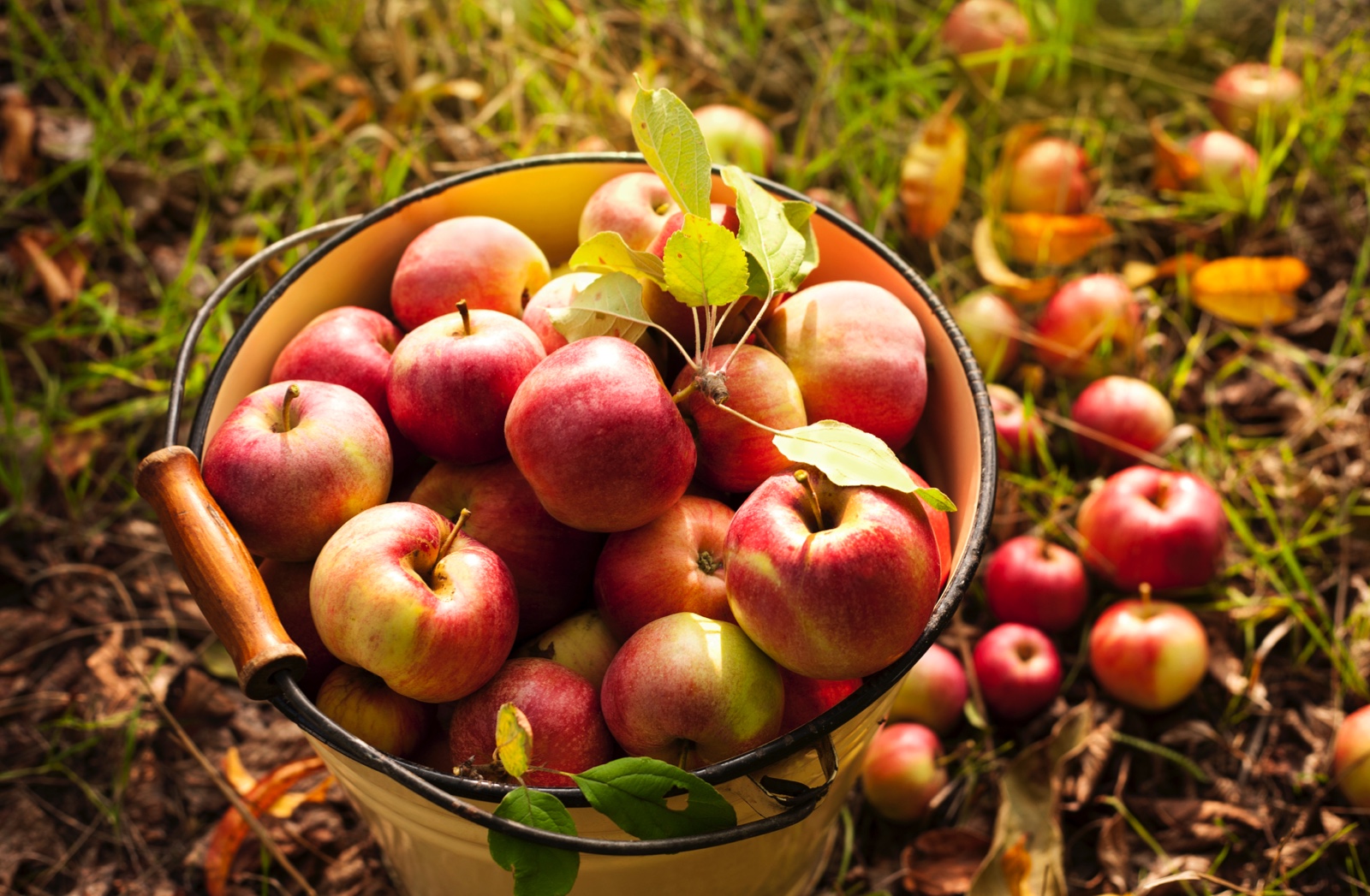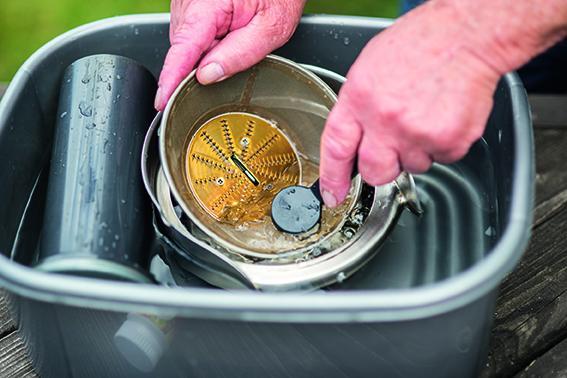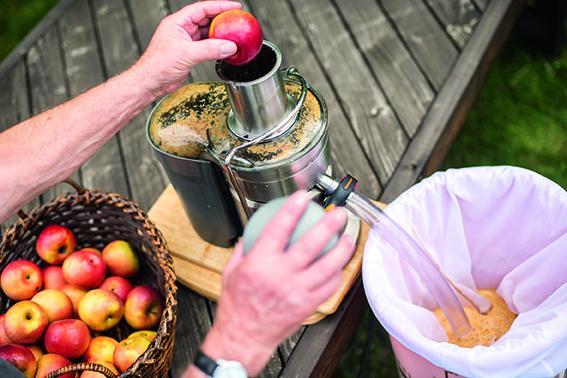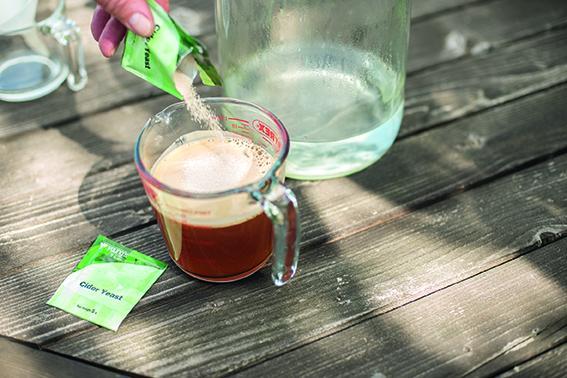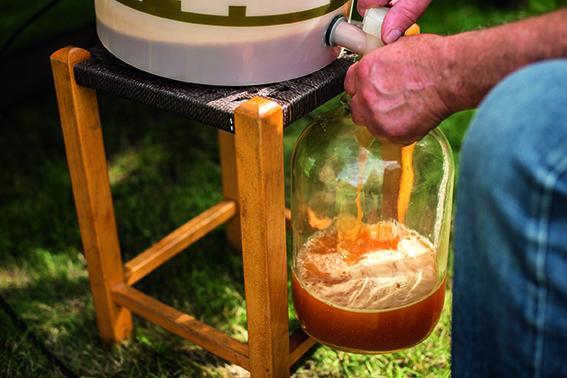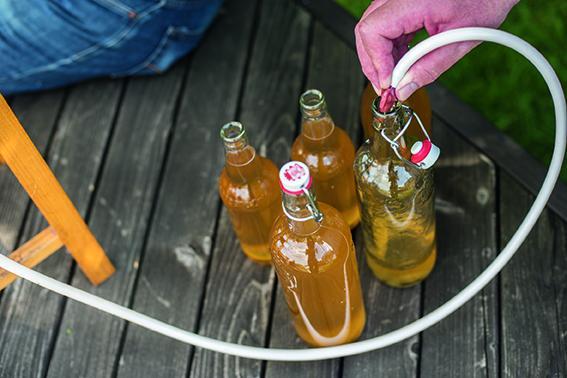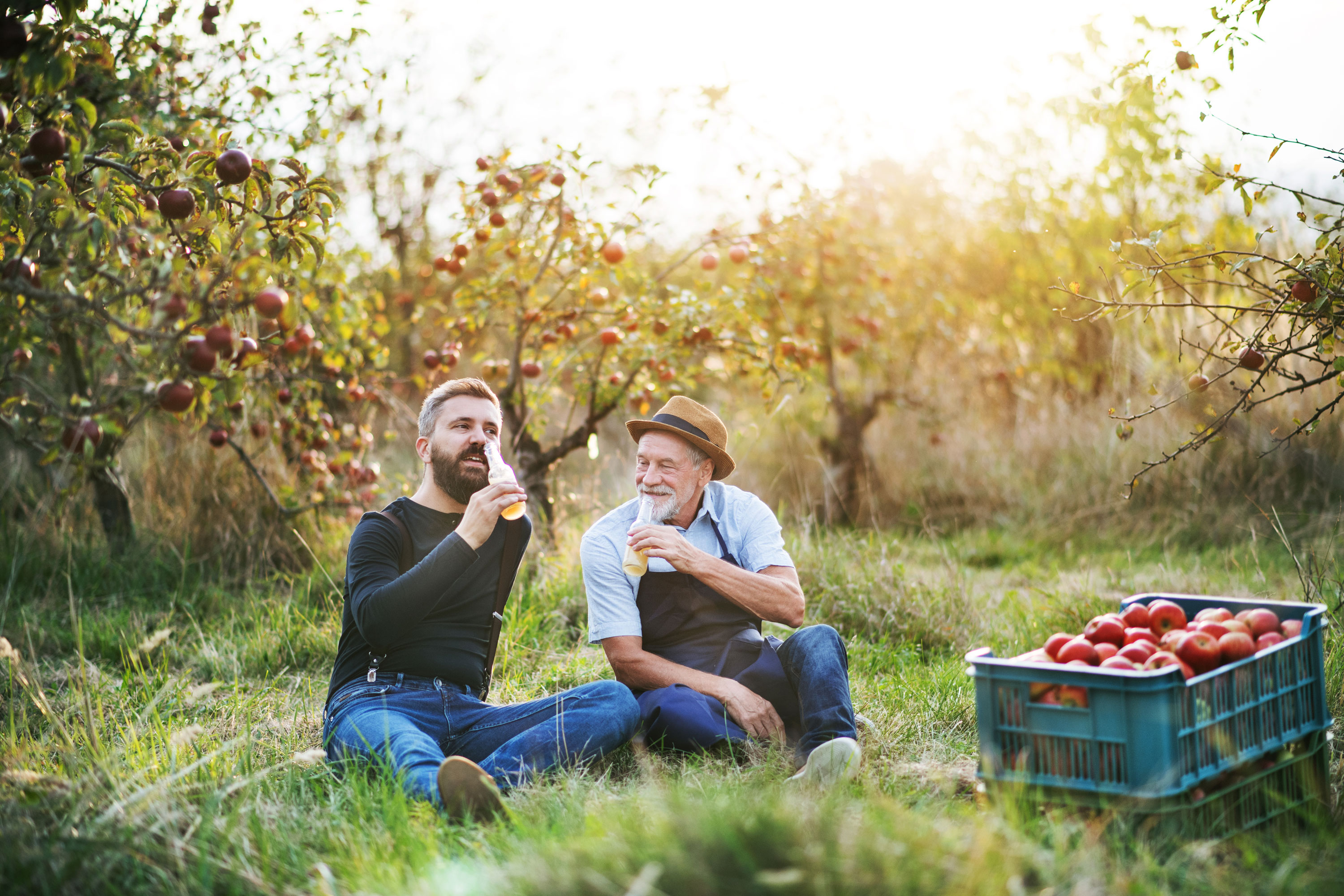If you have an apple tree your garden and have a glut of apples an easy way to use them up is to make your own delicious apple cider.
Britain has a large number of tasty apple varieties and while many are good to eat raw, some varieties can be bitter or sharp to eat. If you have a heavily laden apple tree these can fall from the tree to rot on the ground, although some can be a handy food source for wildlife.
Historical studies have suggested that apples could be found growing wild during the Neolithic period, however, it was the Victorians who changed apple production in Britain. You can learn more about the history of this everyday fruit in our apple guide.
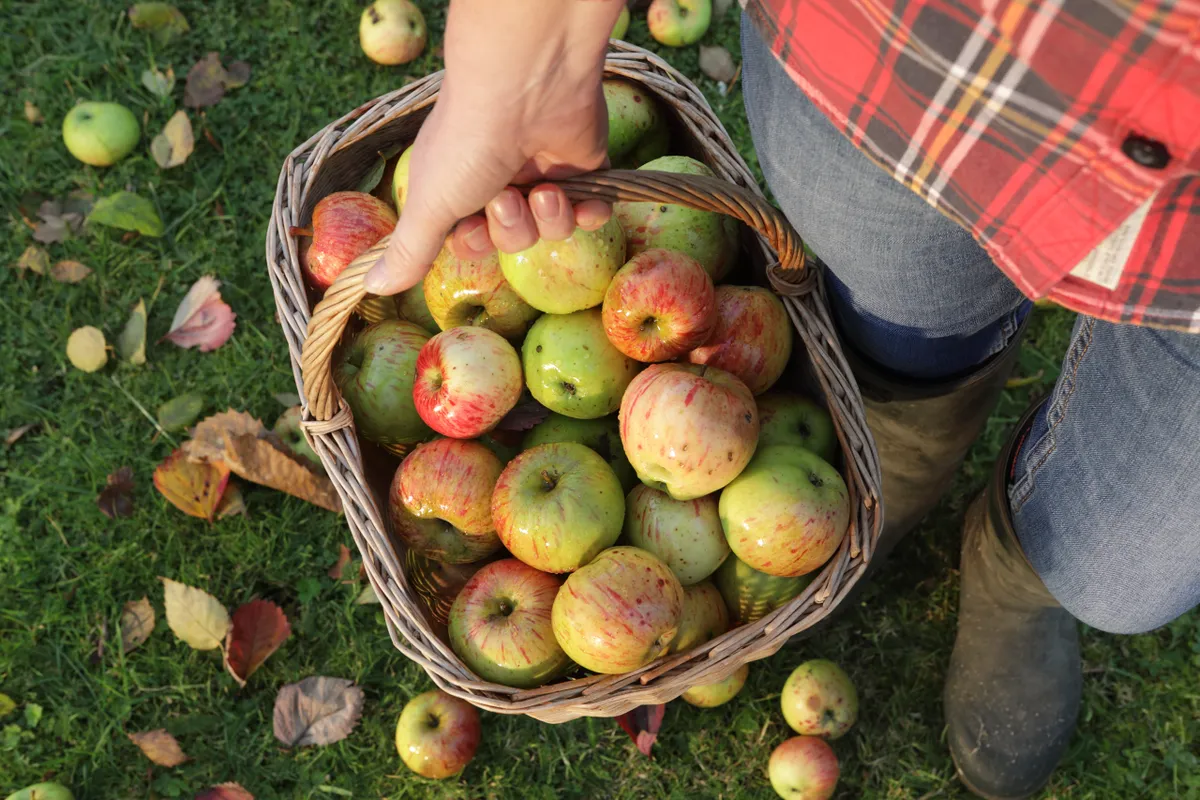
Instead of allowing apples to go to waste this autumn, why not turn your abundance of apples into a refreshing, fermented drink to enjoy? We also have lots of delicious apple recipes in our seasonal food section.
Making homemade cider is an easier process than you might expect and can be done at home using simple equipment.
With juice and strain, whole apples go in the juicer at one end and clear apple juice is drawn off at the other. It couldn’t be simpler and the whole process is relatively mess free.
